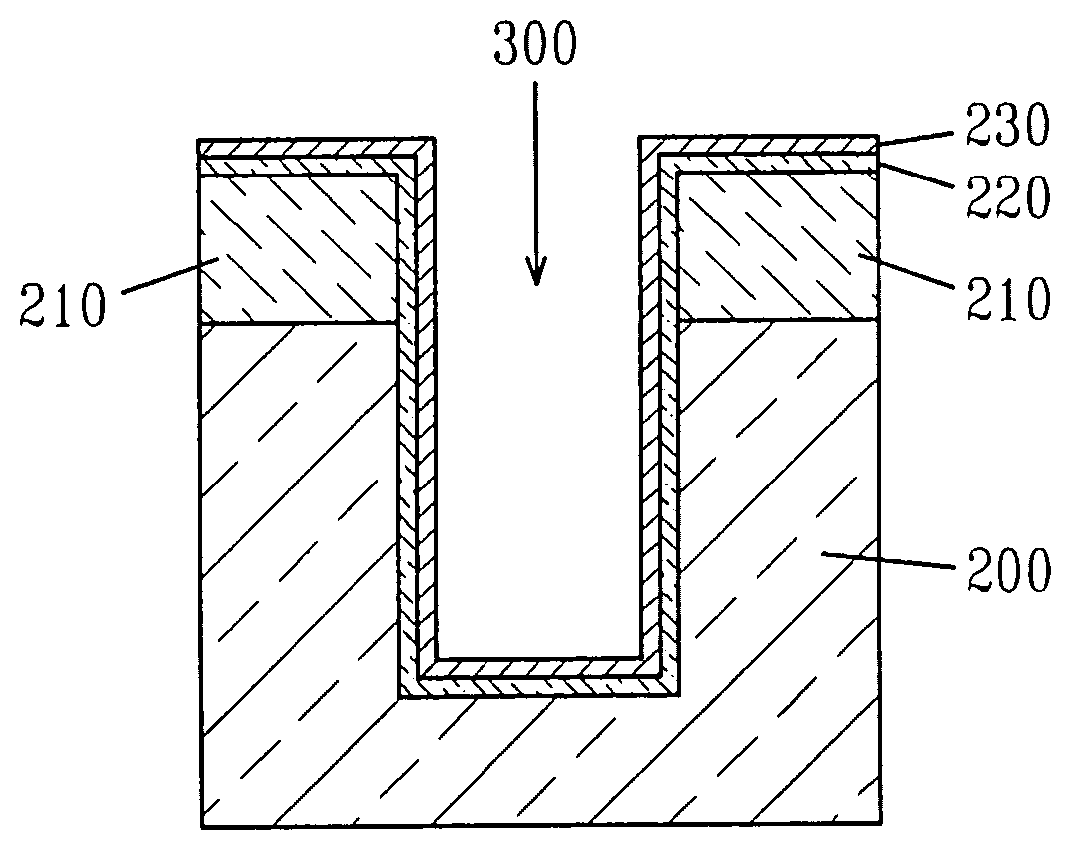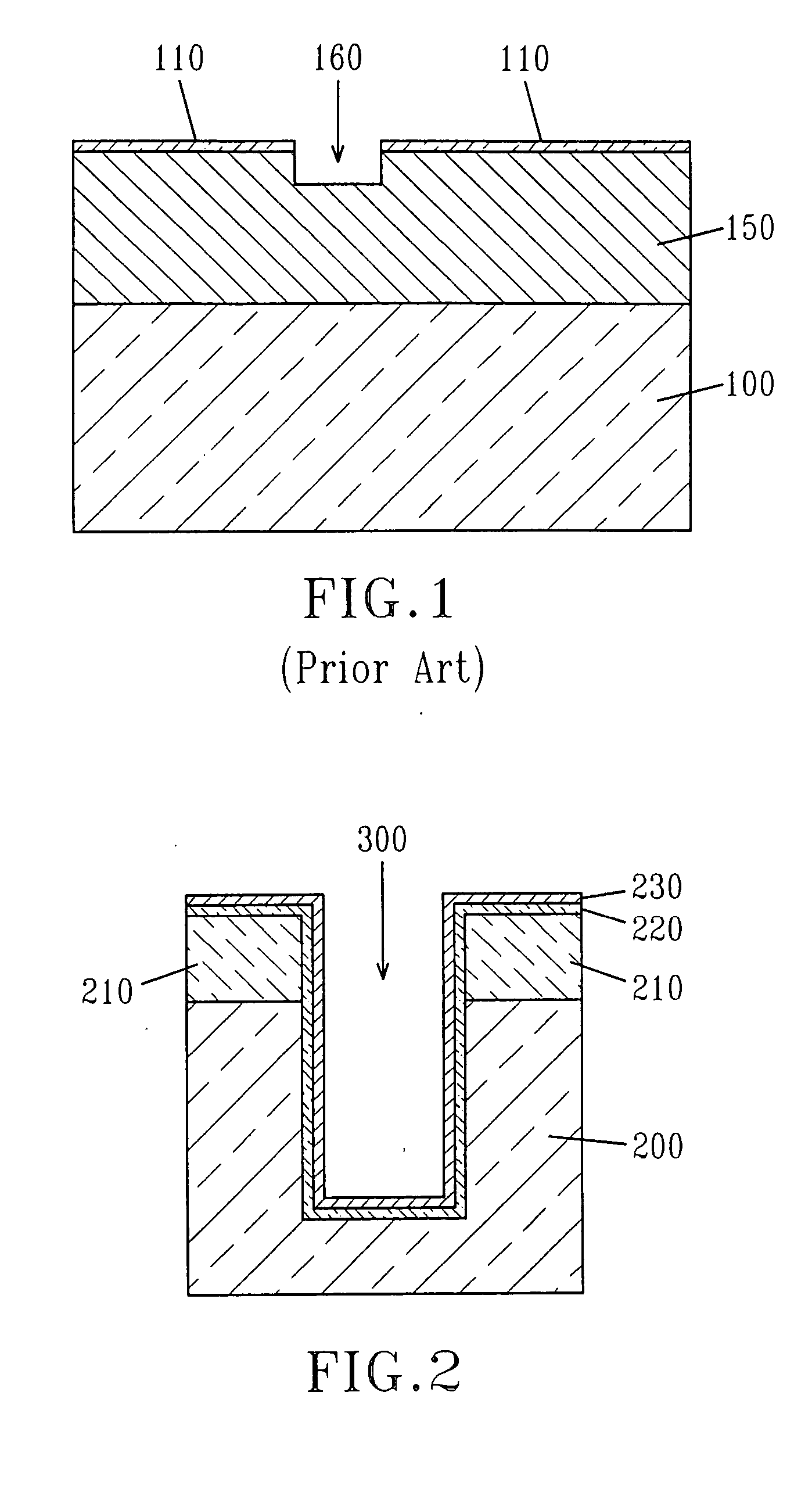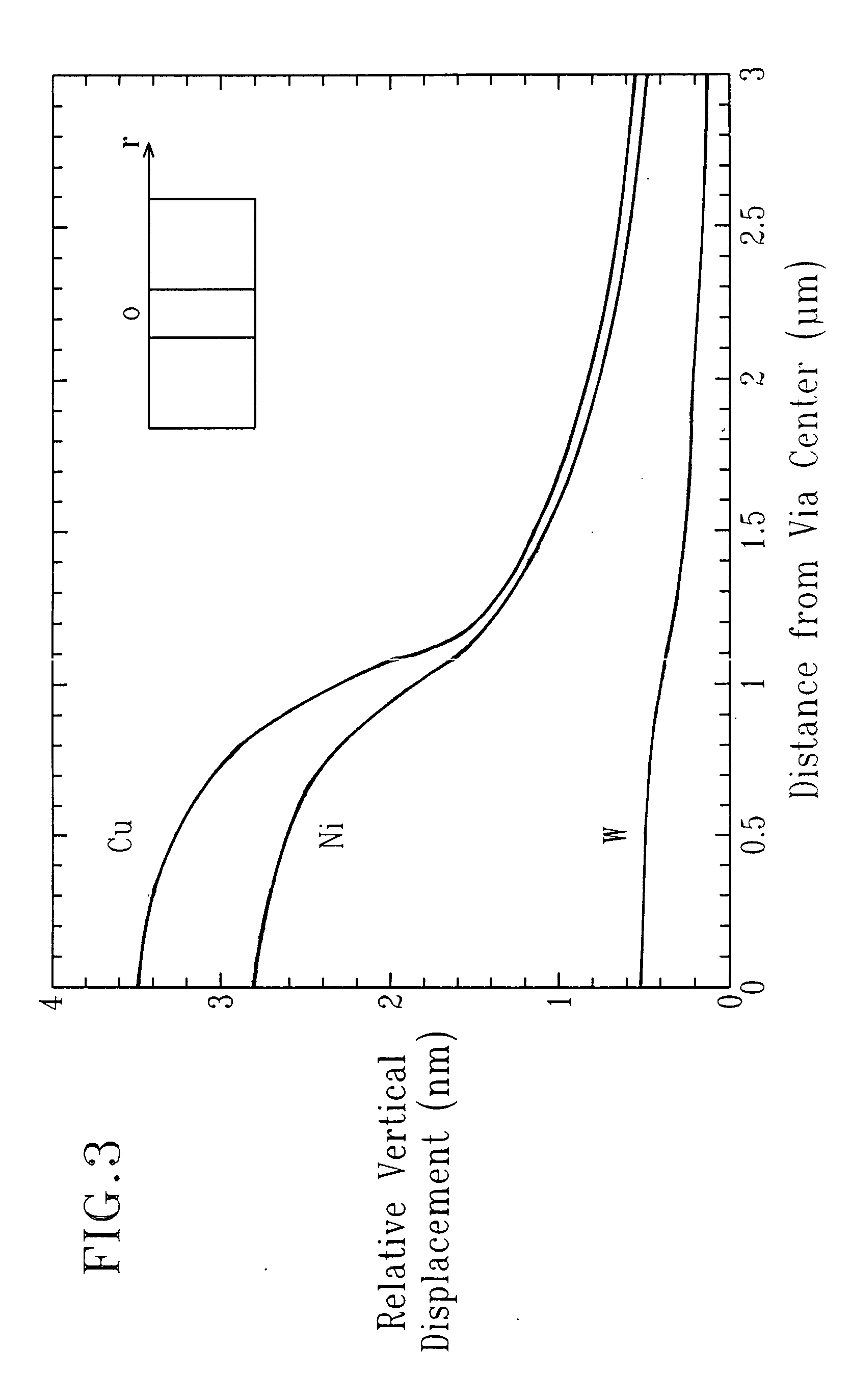Silicon chip carrier with through-vias using laser assisted chemical vapor deposition of conductor
a silicon chip carrier and through-via technology, applied in the field of integrated circuits, can solve the problems of inability to achieve electroplating or electroless processes for w, mo, or ta, and the common method of via filling of integrated circuit interconnects become technically problematic or impractical, and achieve the effect of high aspect ratio
- Summary
- Abstract
- Description
- Claims
- Application Information
AI Technical Summary
Benefits of technology
Problems solved by technology
Method used
Image
Examples
Embodiment Construction
[0045] Reference is made to the figures to illustrate selected embodiments and preferred modes of carrying out the invention. It is to be understood that the invention is not hereby limited to those aspects depicted in the figures.
[0046] This invention is directed to insulated, conductive through-vias formed in a self-supporting carrier substrate. The requirement that the substrate be self-supporting implies a thickness of from about 100 to 700 micrometers. The inventive vias are initially formed as blind-vias. However, it is intended that they be opened to form through-vias. For purposes of the present invention, via cavities may be formed by any of a variety of methods known to the art.
[0047] Fabrication process practicalities place lower limits on via diameters. Given realistic substrate thicknesses of up to 700 micrometers and realistic via aspect ratios (e.g. 3:1 to 10:1), via diameters must range from about 10 micrometers to greater than 200 micrometers. Via fill methods com...
PUM
| Property | Measurement | Unit |
|---|---|---|
| thickness | aaaaa | aaaaa |
| thickness | aaaaa | aaaaa |
| thickness | aaaaa | aaaaa |
Abstract
Description
Claims
Application Information
 Login to View More
Login to View More - R&D
- Intellectual Property
- Life Sciences
- Materials
- Tech Scout
- Unparalleled Data Quality
- Higher Quality Content
- 60% Fewer Hallucinations
Browse by: Latest US Patents, China's latest patents, Technical Efficacy Thesaurus, Application Domain, Technology Topic, Popular Technical Reports.
© 2025 PatSnap. All rights reserved.Legal|Privacy policy|Modern Slavery Act Transparency Statement|Sitemap|About US| Contact US: help@patsnap.com



